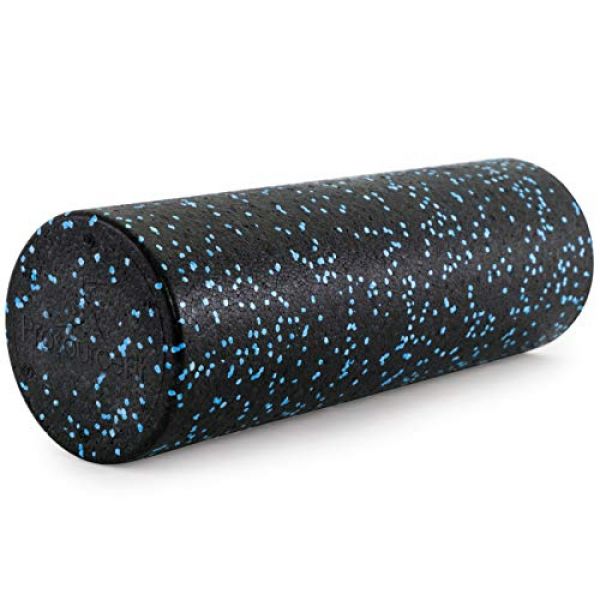
Foam Rolling and Flexibility
One of the easiest ways to help with tight muscles and to increase flexibility is to incorporate foam rolling into your routine. It is a very simple activity to perform and it increases flexibility through the release of tight muscle tissue. While there is some misinformation about helping with cellulite, foam rolling will not remove cellulite from the body (McCall, 2016). According to research in the field of exercise science by McCall (2016), cellulite is one type of fat cell and when the body becomes dehydrated, the cellulite takes on that dready bumpy appearance and shows more easily. Another great reason to hydrate!!!!!
When you are incorporating home workouts, whether you are improvising with weights or if you have a dedicated room in your home for working out, a foam roller is relatively inexpensive and worth the addition to your equipment. If you go to the store tab at https://www.fitnessplusleland.com, you will find a foam roller product for purchase. Also note, that since this product is being offered through our Amazon Affiliate account, we are paid a small commission on the item. Now, back to the benefits of foam rolling!!!
According to a study done by Harvard (2018), foam rolling not only helps release muscle tension, but it also helps make the muscle tissue more receptive to stretching. The theory thus far related to the benefits of foam rolling include the possibility that it is similar to deep tissue massage (Harvard, 2018). If you have ever had a deep tissue massage, you will know that initially there is pain, but once the muscle releases, there is also a deeper relaxation and feeling of relief. One note of caution is that for individuals with certain health conditions, such as deep vein thrombosis, advanced osteoporosis or open wounds, to name just a few, foam rolling is not recommended (Harvard, 2018).
McCall (2017) noted some key benefits of foam rolling. The first major benefit includes the reduction of adhesions, which develop when a person is sedentary for a long period of time. The adhesions, also known as knots, are collagen deposits between muscle tissue layers which restrict range of motion (McCall, 2017). Also, to obtain the proper length and range of motion within joints, foam rolling encourages release of the muscle tension and reduces that risk of keeping the muscle in a shortened or contracted state (McCall, 2017).
As you can see, health and well-being are interconnected by many different factors. Diet and exercise, hydration, stress management, and ensuring we are stretching and reducing the tension within our bodies to increase quality of life as long as possible. There is no reason, as we age, to reduce quality of life or to give up range of motion and walk around tense, stiff, and in poor posture. While it is necessary to maintain high levels of motivation and to work at healthier habits, it is truly worth the benefits we derive from making better choices.
References
McCall, P. (2016, June 29). Foam Rolling for Cellulite: Why It Doesn’t Work. Www.Acefitness.Org. https://www.acefitness.org/education-and-resources/professional/expert-articles/6001/foam-rolling-for-cellulite-why-it-doesn-t-work/. Retrieved January 21, 2021.
McCall, P. (2017, September 28). 6 Benefits of Using Foam Rollers. Www.Acefitness.Org. https://www.acefitness.org/education-and-resources/professional/expert-articles/6575/6-benefits-of-using-foam-rollers/. Retrieved January 21, 2021.
Should you add foam rolling to your workout routine? (2018, December). Www.Harvard.Edu. https://www.harvard.edu. Retrieved January 21, 2021.